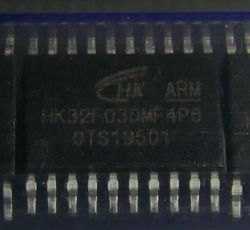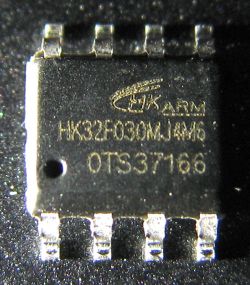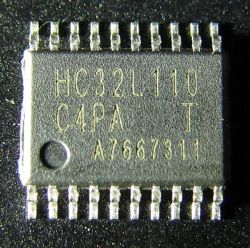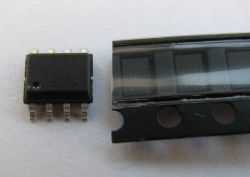So I bought it just to see what it was. Have you looked to see if they have something similarly ridiculously cheap with CAN? I recently looked but I see that all F103 clones have a similar price, around 80p/pc.
As for these HK32, does the manufacturer have any biblos for this or do you have to carve from scratch yourself? By the way, with such prices, it's not surprising that they don't make it with production.
I wonder if it is normally built or like all those Chinese STM32 clones, digital chip and serial flash memory. I don't know if you know this site [url=]https://zeptobars.com/[/url] , the wheel there, probably for a few dollars, pulls the systems out of the housing and takes photos, moreover, of good quality. I plan to send him some Chinese ARMs sometime to see what's inside.
As for these HK32, does the manufacturer have any biblos for this or do you have to carve from scratch yourself? By the way, with such prices, it's not surprising that they don't make it with production.
I wonder if it is normally built or like all those Chinese STM32 clones, digital chip and serial flash memory. I don't know if you know this site [url=]https://zeptobars.com/[/url] , the wheel there, probably for a few dollars, pulls the systems out of the housing and takes photos, moreover, of good quality. I plan to send him some Chinese ARMs sometime to see what's inside.












